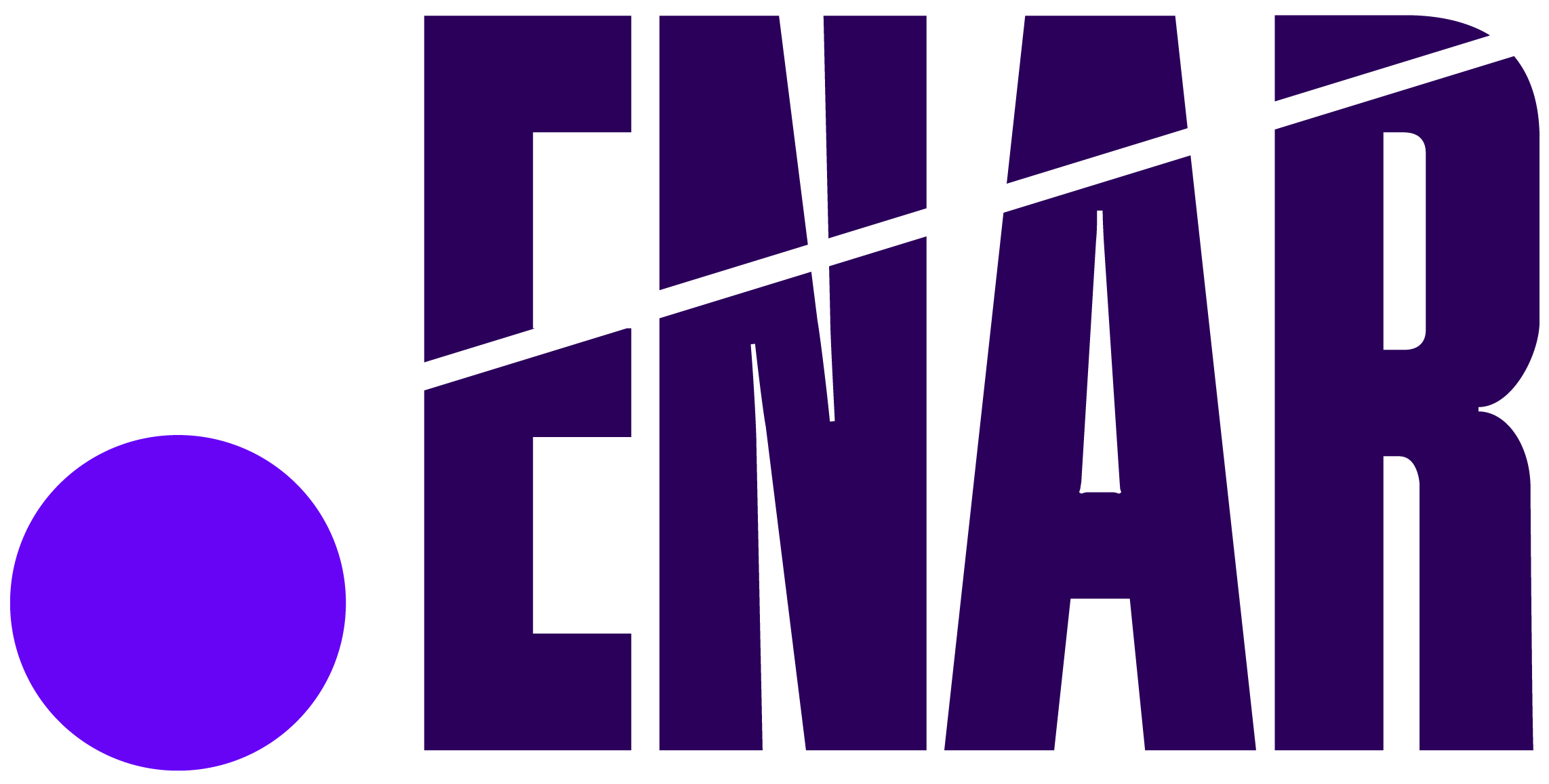
Anti-Racism Map: Mapping Anti-Racism Plans in Sweden
In ENAR’s evaluation of National Plans against Racism (NAPAR), Sweden scored a total of 16/20 points. Our research highlights that more work is needed to address intersectional and systemic manifestations of racism and establish transparent participatory mechanisms for involve civil society organisations in the development of anti-racism policies. At the same time, there is a glaring absence of a civil society coalition that would operate independently from the government.
Overview
| Category | Score | |
|---|---|---|
| 1. NAPAR Adoption | +++ | 4/4 |
| 2. Systemic and Intersectional Approach | + | 2/3 |
| 3. Equality Data Collection | ++ | 3/4 |
| 4. Institutional Participatory Mechanisms | + | 2/3 |
| 5. Human and Financial Resource Allocation | ++ | 3/3 |
| 6. Civil Society Coalition | + | 2/3 |
| Total Score | 16/20 |
Explanations and Sources
The assessment is based on independent research carried out for the European Network Against Racism by Rahel W. Sebhatu, a PhD candidate in Global Politics at Malmö University, Sweden. Below are the explanations and sources that support these assessments.
1. NAPAR Adoption
The National Plan against Racism, Similar Forms of Hostility and Hate Crime continues to be used as framework for the government´s work with these issues. Although that action plan is still not accessible through the government’s website, there has been newly established action programs that are said to outline concrete measures to combat the different forms of racism, namely Afrophobia, anti-Gypsyism, anti-Semitism, Islamophobia, and racism against Sami people.The National Action Plan had not been updated since it was decided on in 2016, however, five action programs have been developed and decided upon in June 2022. The action programs complement the plan and contains measures that run over the period 2022–2024.
The Five Action Programs:
- Action Program against Afrophobia
- Action Program against Antisemitism
- Action Program against Anti-Gypsyism
- Action Program against Islamophobia
- Action program against racism against the Sami
Whether the five action programs have been adopted by the parliament is not clear, but it is clear that they have been adopted by the government.
It should also be noted here that the 2016/2017 action plan was developed and signed/endorsed under the auspices of the Minister for Culture and Democracy, the Minister of Home Affairs, and the Minister for Justice and Migration. The updated information regarding the current government’s plans to combat racism were difficult to find because they are now being implemented by the Ministry of Employment.
This move reflects the long-standing idea that integration of immigrants, who are often discursively constructed as being racialized persons, can only take place when a person is integrated into the job market (i.e., if they are employable in Sweden).
2. Addressing Systemic Racism and Intersectionality
In regard to the definition of structural racism adopted by Sweden, there is a written and sophisticated definition of structural, historical and institutional racism, including the process of racialisation and intersecting oppressions such as economic exploitation, the patriarchy and their byproducts. However, there is an unclear approach to policies that tackle structural forms of racism and not only individual forms.
Both the National Action Plan of 2016 and the Action Programs of 2022 do have a definition of structural racism. The definition of the 2016 action plan is as follows:
“The existence of structural racism is an important perspective. The Government uses the term “structural racism” in the sense that racist actions are not always based on an individual’s political convictions but can also be unconscious. This means that racism, in various forms, exists as part of the structures of society. This has the effect that people’s access to rights and opportunities, power and influence differs due to others’ conscious or unconscious assumptions about the group to which the individual belongs. A structural perspective also means that individual cases of discrimination or hate crime must not be seen as isolated incidents but as part of a broader context.” (Government Offices of Sweden, 2017, p. 11).
Although the whole of this definition is not included in the action programs, each of the programs does have a definition of structural racism, which can be translated (from Swedish to English) as follows:
“The plan also uses the term ‘structural racism’ in the sense that racist actions are not always based on an individual’s political convictions but can also be unconscious. This means that racism, in various forms, exists as part of the structures of society.”
Structural Racism
It is not at all clear if there are measures targeted enough to address structural racism, besides the collection of more knowledge and how the Forum of Living History (the public authority in charge of the coordination of implementation efforts of the national action plan to combat racism) should increase knowledge regarding Sweden’s role in the transatlantic slave trade.
There is mention of how there is a need for more in-depth studies regarding hate crimes by the Crime Prevention Council, and that the police authority must continue to develop and improve work to combat hate crime. It should be noted here that investigations to combat discrimination are enacted in compliance with Sweden’s Discrimination Act (2008: 567). However, there is no mention of how the police authority (including through hired security guards) can and has perpetuated structural racism to racialized persons. This can and should be viewed within the context that the Discrimination Action of 2008 does not recognize race as a category for discrimination.
There is a long history as to why the term race is sensitive and is not recognized by the state as a category. The refusal to incorporate race (and instead use the category ‘ethnicity’) in any statistical, disaggregated data has been a long issue of contention and advocacy on the part of anti-racism activists in Sweden.
Policy Areas
Artificial Intelligence: There is no mention of measures in the field of AI, but there is mention that the State Media Council must develop methods to counter online racism and similar forms of hostility and hate grimes online, and especially among children and young people.
Migration: Regarding migration, there are serious concerns that the current government’s policy regarding migration perpetuate structural racism towards racialized persons.
Intersectionality:
Gender: The National Action Plan of 2016 does mention that as that government is a feminist government, and that the work of implementing a policy of gender equality is included in the National Action Plan to combat racism. It mentions it as follows: “In implementing gender equality policy, attention needs to be paid to power structures other than those based on gender, such as class, ethnicity, sexual orientation and gender identity. There is a considerable overlap and interaction between sexism and racism. Therefore it is important that work is integrated and intersectional, taking into account these and other power structures. This contributes to better priorities and more accuracy in implementation. This being the case, efforts to combat racism and similar forms of hostility and hate crime can also contribute to efforts in the field of gender equality.” (Government Offices of Sweden, 2017, pp. 17–18)
It should be noted that the current government has distanced itself from the label of being a feminist government, at least in terms of having a feminist foreign policy. The new government has appointed an Equality Deputy Minister of Employment. Also, while the current government—as a right-leaning government—challenges many of Sweden’s past policies (not just foreign policy, but also migration policies, education policies, policies to combat crime, etc.), various activists and anti-racism advocacy groups have voiced serious concerns that very little (if at all) consideration is given towards having an intersectional approach to combatting structural racism.
Summary
If we were to compare Sweden’s national action plan/programs to the guiding actions regarding structural racism that can be found in the Common guiding principles for national action plans against racism and racial discrimination (European Commission, 2022), then it could appear that the original National Action Plan and the newly established 5 National Action Programs have, for the most part, acknowledge structural racism, that they include targeted measures, that it seeks to raise awareness on the historical roots of racism, and that it has a holistic approach to doing these things. However, it is the impression of the researcher that the National Action Plan/Programs are far from explaining how the proposed action fully acknowledge and will be used to combat structural racism.
Although Sweden’s National Action Plan and the Action Programs mention structural racism, the way in which structural racism is defined and discussed is not robust enough. This conclusion has been made after referring to ENAR’s comments regarding the Common Guiding Principles for National Action Plans Against Racism (ENAR, 2021), especially the points that discuss including security policies and criminal justice within the scope of NAPARs (i.e., the racialization and otherization of racialized groups), and the point on basing anti-racism policies on a robust understanding of structural racism (i.e. “the definition must also be – at its core and reflected throughout the NAPAR – intersectional in its understanding and stress that interlocking dimensions of oppression are more likely to be the norm than the exception.”
3. Equality Data Collection
There are actions that point to collecting more knowledge and statistics, but this is problematic because Sweden does not allow the collection of data in terms of racial identification. Instead, the term ethnicity is used, and this ethnicity is determined by the birthplace of parents and persons.
Sweden already collects data disaggregated by ethnicity, but it is not entirely clear how or whether such data is collected based on one’s religion. As mentioned earlier, disaggregated data is collected based on ethnicity, but it is highly problematic because ethnicity is determined by one’s birthplace or the birthplace of their parents.
It should be noted here that United Nations International Independent Expert Mechanism to advance racial justice called for Sweden to step up its efforts to fight systemic racism after a 5-day visit. They stated that “While the Mechanism understands the historical sensitivity around racial classifications in the country, the Experts were deeply concerned by the reluctance to collect data disaggregated by race in Sweden.”
4. Institutional Participatory Mechanisms
There is the Living History Forum, which is a public agency that operates under the Ministry of Culture. The mission of the Living History Forum is “to be a national forum encouraging efforts to promote democracy, tolerance, and human rights, using the Holocaust as [their] starting point.” This forum has been tasked with coordinating the implementation of Sweden’s national plan to combat racism, especially through education and training.
Although the Living History Forum occasionally involves civil society organizations and includes them in their reference group, how exactly these CSOs influence their program or even which CSOs participate is not entirely clear.
5. Human and Financial Resource Allocation
There is a budget for the implementation of the National Action Program. For the year 2023, the Swedish Government has allocated around 38,5 million SEK for the work within the national plan. The details of how this money has and will be allocated can be found here. The allocation and dissemination of money allocated for the national action plan/programs will be given to the government and public authorities like the Forum for Living History, the Authority of Youth and Civil Society Affairs, the National Board of Health and Welfare, and the Crime Prevention Council. Details regarding resources for monitoring mechanisms and how money will be allocated to staff is not clear, although there are set limits for how much money can be spent
on administrative costs.
6. Civil Society Coalition Advocating for NAPAR
Although various diverse and independent CSOs do coordinate and structure their advocacy at the local and national level, it is difficult to say that Sweden has an independent CSO coalition that has regular meetings and is not linked to the government. The Living History Forum, as it is tasked with the role of coordinating the National Action Plan against racism, might be considered playing that role, but it is definitively linked to the government
References
- ENAR (2021) Comments by the European Network Against Racism on Common Guilding Principes for National Action Plans against Racism.
- European Commission (2022) Common guiding principles for national action plans against racism and racial discrimination.
- Government Offices of Sweden (2017) A comprehensive approach to combat racism and hate crime National plan to combat racism, similar forms of hostility and hate crime.
- Living History Forum (no date) Living History Forum – About Us.
- OHCHR (2022) Sweden should step up efforts to fight systemic racism, UN Mechanism to Advance Racial Justice says after 5-day visit.
The research was carried out by Rahel W. Sebhatu, a PhD candidate in Global Politics at the Malmö University, Sweden in March 2023.



